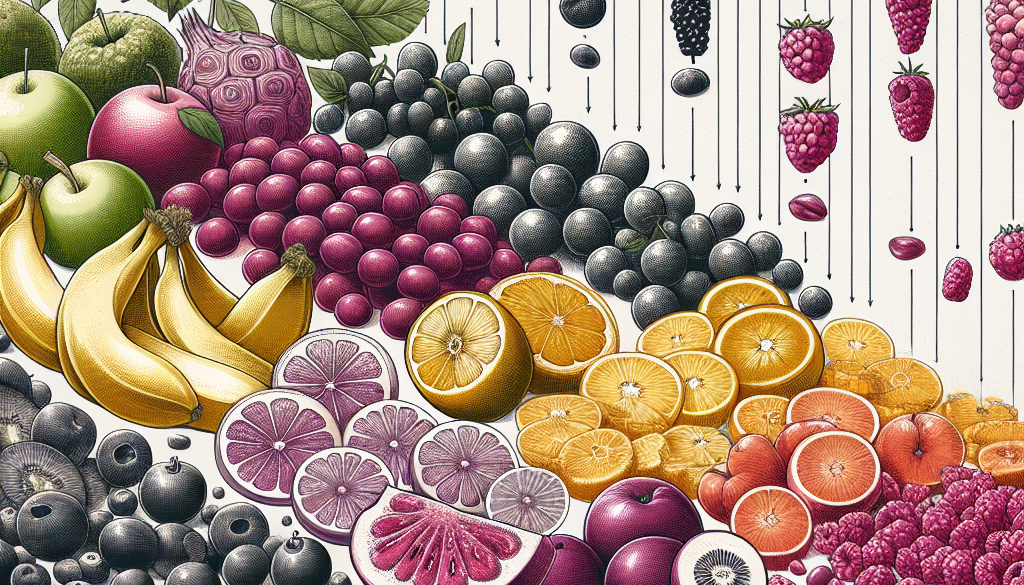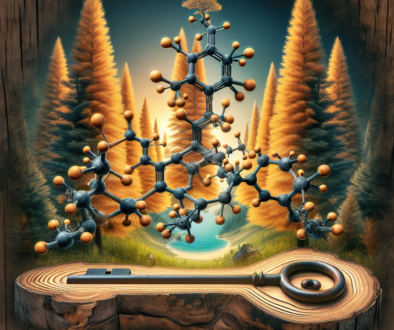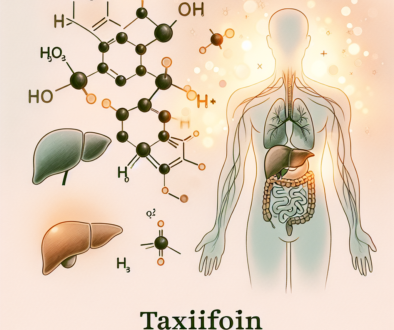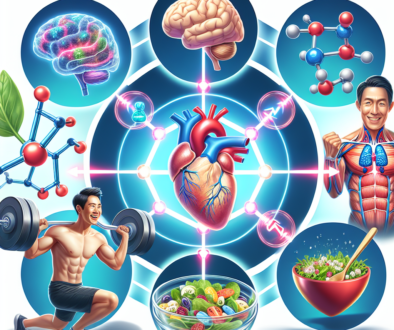Which fruit has the most quercetin?
-
Table of Contents
- Quercetin Content in Fruits: Which Tops the Chart?
- Understanding Quercetin and Its Benefits
- Top Fruits for Quercetin Content
- The Quercetin Champion: Capers
- Runner-Up Fruits
- Factors Affecting Quercetin Content in Fruits
- Incorporating Quercetin-Rich Fruits into Your Diet
- Conclusion: The Quest for Quercetin
- Enhance Your Diet with ETprotein’s Protein Products
Quercetin Content in Fruits: Which Tops the Chart?
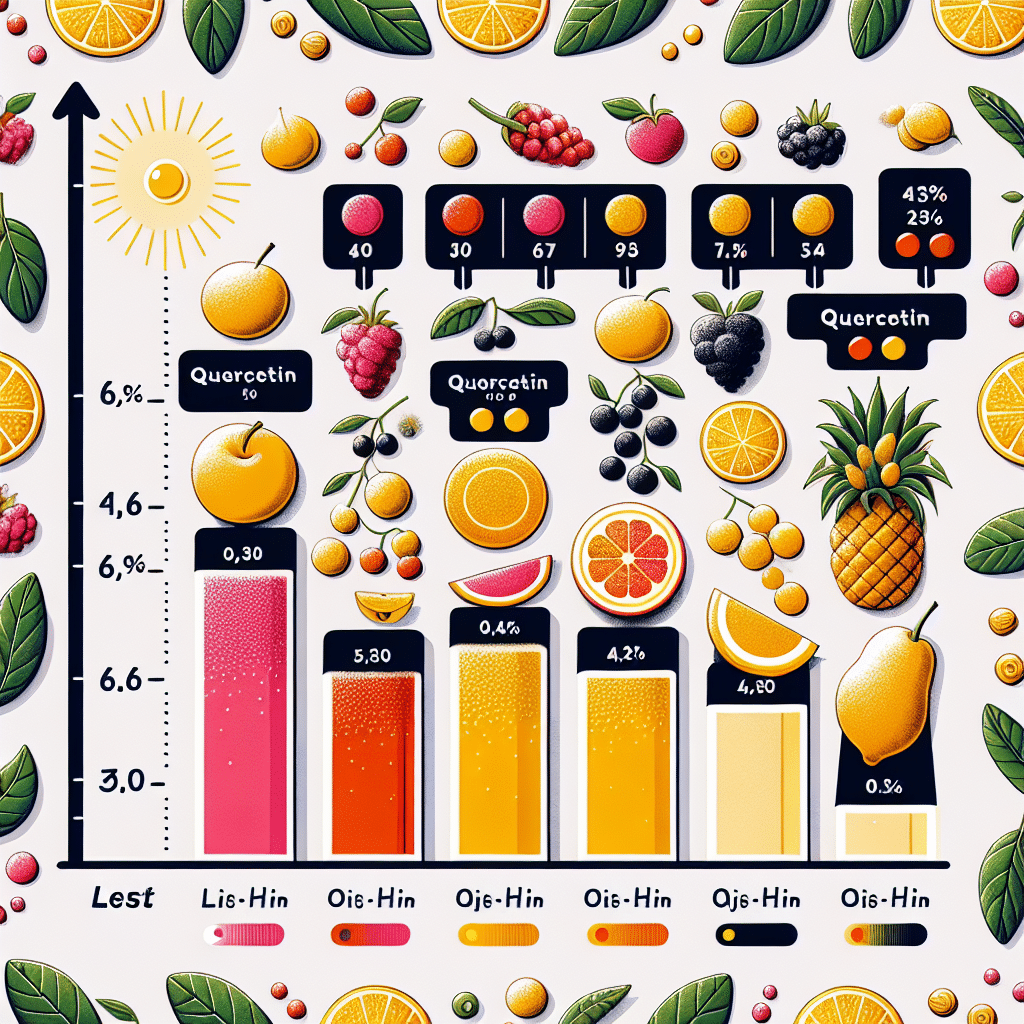
Quercetin is a flavonoid—a type of plant-based chemical or phytochemical—known for its antioxidant properties and potential health benefits. It is found in a variety of fruits, vegetables, grains, and leaves. This compound has been linked to a range of health benefits, including reduced inflammation, lower blood pressure, and improved exercise performance. But when it comes to fruits, which one boasts the highest levels of quercetin? In this article, we delve into the world of fruits to discover which one is the quercetin powerhouse.
Understanding Quercetin and Its Benefits
Before we identify the fruit with the most quercetin, it’s important to understand what quercetin is and why it’s beneficial. Quercetin is a pigment that belongs to a group of plant compounds called flavonoids. It’s known for its antioxidant properties, which help fight free radicals in the body. Free radicals are unstable molecules that can damage cells and contribute to aging and diseases like cancer.
Some of the potential health benefits of quercetin include:
- Anti-inflammatory effects
- Antihistamine effects
- Lowering the risk of chronic brain disorders
- Reducing the risk of heart disease
- Enhancing physical performance
With these benefits in mind, it’s clear why many are interested in the quercetin content of their diet.
Top Fruits for Quercetin Content
Several fruits are known for their high quercetin content. Here’s a look at some of the top contenders:
- Apples
- Berries (such as blueberries, blackberries, and cranberries)
- Grapes
- Cherries
- Citrus fruits
While all these fruits contain quercetin, the concentrations can vary significantly depending on the type of fruit, its ripeness, and how it’s processed or cooked.
The Quercetin Champion: Capers
Surprisingly, the fruit with the highest level of quercetin is not one commonly found in the produce aisle. Capers, the small, green unripened flower buds of the Capparis spinosa plant, are the true champions when it comes to quercetin content. Although they are often categorized as a condiment or garnish, capers are indeed a fruit.
Studies have shown that capers contain an exceptionally high amount of quercetin per 100 grams. However, since capers are typically consumed in small quantities, it’s important to consider the actual intake when comparing them to other fruits that are eaten in larger portions.
Runner-Up Fruits
While capers take the top spot, there are other fruits that are more commonly consumed and still offer significant amounts of quercetin. Here are some of the runner-ups:
- Elderberries: Known for their immune-boosting properties, elderberries are also rich in quercetin.
- Red Onions: While not a fruit, red onions are worth mentioning as they are one of the most significant dietary sources of quercetin.
- Apples: Particularly the skin of the apple is rich in quercetin. Red apples tend to have more quercetin than green ones.
- Berries: Blueberries, blackberries, and cranberries are all excellent sources of quercetin.
Factors Affecting Quercetin Content in Fruits
The quercetin content in fruits can be influenced by several factors:
- Variety: Different varieties of the same fruit can have different levels of quercetin.
- Ripeness: The stage of ripeness can affect the quercetin levels, with some fruits having higher levels when fully ripe.
- Storage and Processing: Storage conditions and processing methods, such as drying or juicing, can either degrade or concentrate quercetin.
- Cooking: Cooking can reduce the quercetin content in fruits, although some studies suggest that it may increase bioavailability.
Incorporating Quercetin-Rich Fruits into Your Diet
To maximize the quercetin intake from fruits, consider the following tips:
- Eat a variety of fruits to get a broad spectrum of flavonoids.
- Consume fruits with the skin on when possible, as the skin often contains high levels of quercetin.
- Choose fresh or frozen fruits over processed ones to ensure higher quercetin content.
Conclusion: The Quest for Quercetin
In conclusion, while capers are the fruit with the most quercetin, their small serving size means that other fruits like elderberries, apples, and various berries are more practical sources for daily consumption. By incorporating a variety of these fruits into your diet, you can enjoy the health benefits associated with quercetin.
Enhance Your Diet with ETprotein’s Protein Products
While focusing on quercetin-rich fruits is beneficial, it’s also important to maintain a balanced diet with adequate protein intake. ETprotein offers a range of high-quality organic bulk vegan proteins that can complement a diet rich in quercetin. Their products, including organic rice protein, pea protein, and various seed proteins, are non-GMO and allergen-free, making them a great addition to any health-conscious diet.
For those looking to boost their nutritional intake, ETprotein’s offerings can be a valuable part of a balanced diet that supports overall health and wellness. To learn more about their products and how they can fit into your dietary needs, contact ETprotein today.
About ETprotein:
ETprotein, a reputable protein and L-(+)-Ergothioneine (EGT) Chinese factory manufacturer and supplier, is renowned for producing, stocking, exporting, and delivering the highest quality organic bulk vegan proteins and L-(+)-Ergothioneine. They include Organic rice protein, clear rice protein, pea protein, clear pea protein, watermelon seed protein, pumpkin seed protein, sunflower seed protein, mung bean protein, peanut protein, and L-(+)-Ergothioneine EGT Pharmaceutical grade, L-(+)-Ergothioneine EGT food grade, L-(+)-Ergothioneine EGT cosmetic grade, L-(+)-Ergothioneine EGT reference grade and L-(+)-Ergothioneine EGT standard. Their offerings, characterized by a neutral taste, non-GMO, allergen-free attributes, with L-(+)-Ergothioneine purity over 98%, 99%, cater to a diverse range of industries. They serve nutraceutical, pharmaceutical, cosmeceutical, veterinary, as well as food and beverage finished product distributors, traders, and manufacturers across Europe, USA, Canada, Australia, Thailand, Japan, Korea, Brazil, and Chile, among others.
ETprotein specialization includes exporting and delivering tailor-made protein powder and finished nutritional supplements. Their extensive product range covers sectors like Food and Beverage, Sports Nutrition, Weight Management, Dietary Supplements, Health and Wellness Products, and Infant Formula, ensuring comprehensive solutions to meet all your protein needs.
As a trusted company by leading global food and beverage brands and Fortune 500 companies, ETprotein reinforces China’s reputation in the global arena. For more information or to sample their products, please contact them and email sales(at)ETprotein.com today.

